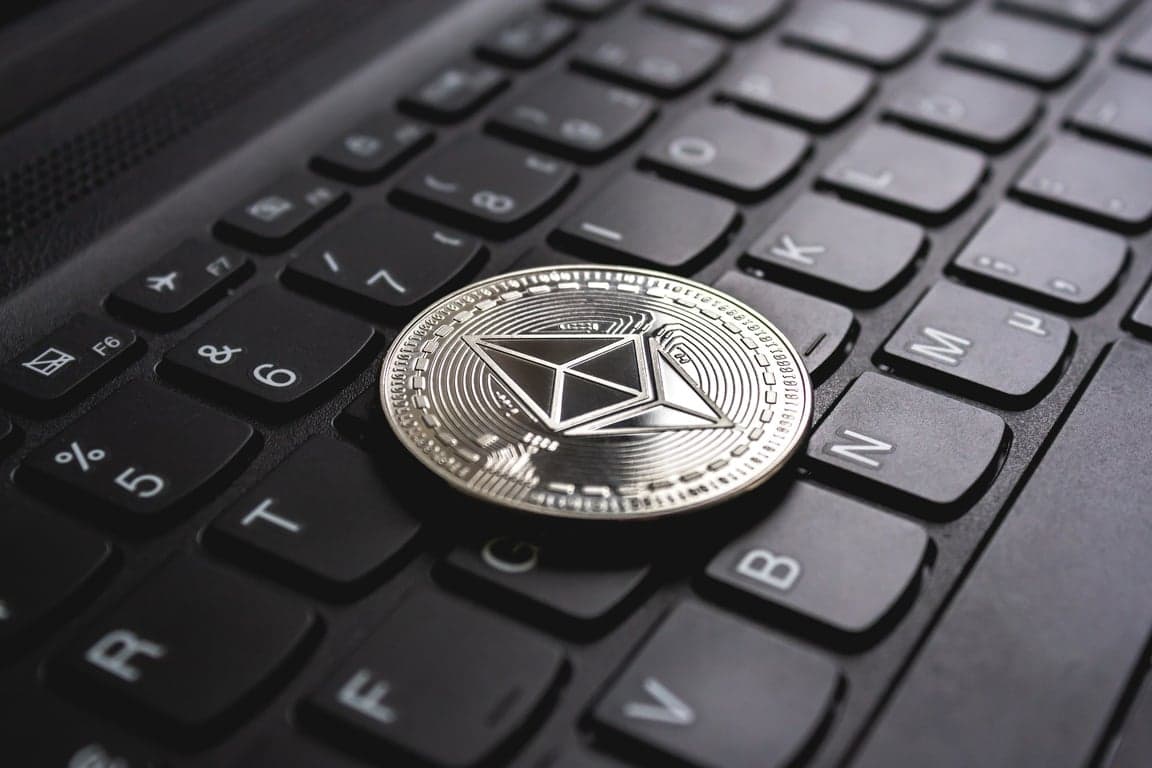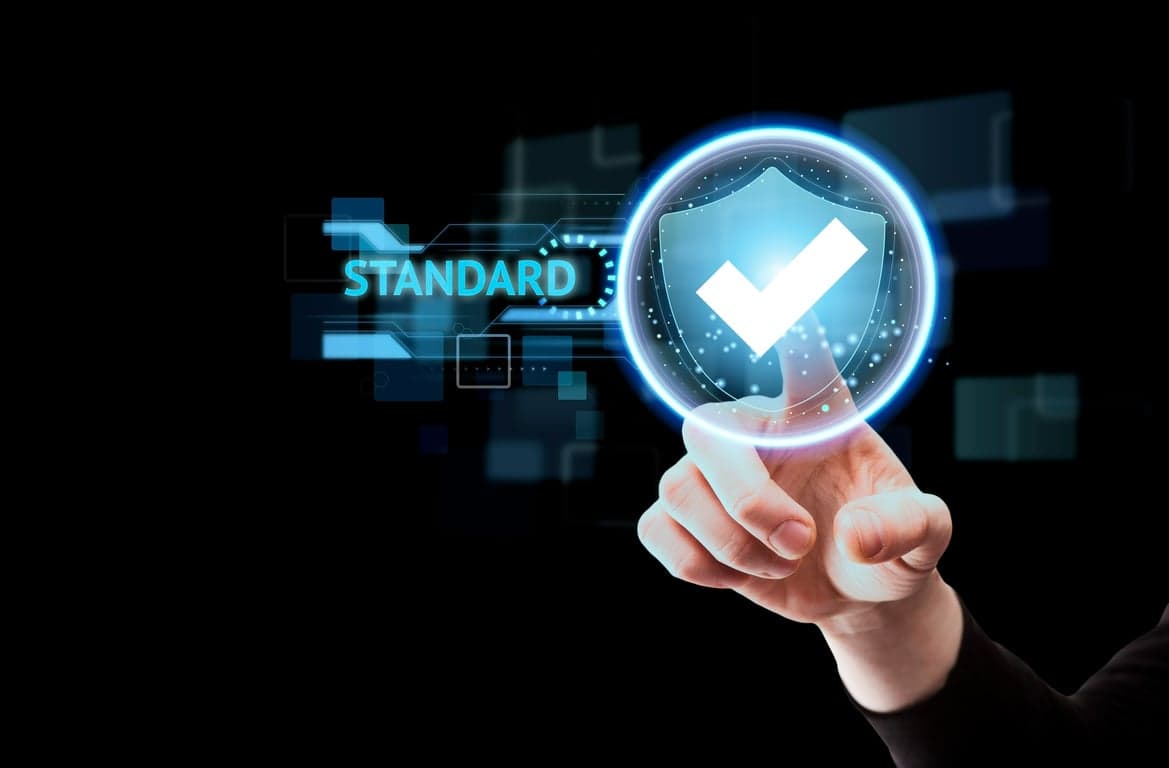 Welcome to your first lesson: What is a Blockchain? A Simple Guide for Beginners.
Welcome to your first lesson: What is a Blockchain? A Simple Guide for Beginners.
If you've heard terms like Bitcoin, Ethereum, or blockchain but weren't sure what they actually mean, this series is for you. We'll start with the absolute basics to help you build your knowledge step by step. By the end of this lesson, you'll understand what a blockchain actually is and the key concepts that make it work.
🧱 What Is a Blockchain?
Think of a giant group chat where every message is a transaction. Every time someone sends money, buys something, or signs an agreement, a message is posted in the chat for everyone to see.
But here's the twist: before a message goes through, the whole group has to agree it's valid. Once enough people confirm it, the message gets locked in and can't be edited or deleted. Every few minutes, the chat app bundles the latest confirmed messages into a new page, adds it to a running history, and sends a copy to everyone.
This is what a blockchain is: a shared record of events that everyone can see, verify, and trust, without needing a central admin.
Technical definition: A blockchain is a distributed ledger, a special kind of database managed by a network of independent computers (called nodes) rather than a single administrator. Each new record is grouped into a "block" and cryptographically linked to the previous one, forming a "chain."
🔑 The Three Key Properties of Blockchain
Every blockchain has three fundamental characteristics:
🔒 Immutability: Once data is recorded, it cannot be altered or deleted. Each block contains a unique digital fingerprint (hash) of the previous block, making tampering easily detectable.
Simple example: Imagine a long line of connected blocks. If you try to change a single transaction in one of the first blocks, you'd also have to change the unique digital fingerprint of that block and every single block that came after it. This is practically and financially infeasible, making the history of a blockchain virtually unchangeable.
👁️ Transparency: Everyone can see all transactions, but personal identities are protected through cryptographic addresses instead of real names.
Simple example: You can look up any Ethereum transaction online and see the exact amount of cryptocurrency that moved and when it happened. However, instead of seeing the names "Alice" and "Bob," you'll only see a string of characters like "0x742d3..." that represents their wallet addresses.
🌐 Decentralization: No single company, government, or person controls the blockchain. Decisions are made by network consensus, a system where all participants agree on what's valid.
Simple example: Bitcoin runs on thousands of computers worldwide. Because no bank or central authority can shut it down or freeze your account, you have direct control and ownership over your digital assets.
🔐 How Blockchain Security Works
Blockchains use cryptography, a field of advanced mathematics, to keep data secure. Think of it like a sophisticated lock and key system:
Hash functions create unique digital fingerprints for data. Any small change to the data completely changes its hash, which is how a blockchain maintains its integrity.
Public-private key pairs work like a mailbox (public) and the key to open it (private). Your public key is an address where you can receive funds, while your private key is the secret code that allows you to spend or move those funds.
Digital signatures prove you authorized a transaction without revealing your private key. This is how the network verifies that a transaction is authentic.
Key point: Your private key is like the password to your digital assets. Lose it and no one can help you recover it, not even the blockchain creators. Stolen and lost private keys have led to losses in the billions of dollars.
🤝 How Networks Agree: Consensus
Since there's no central server, blockchain networks need a way for all participants to agree on what's valid. This is called consensus. Different blockchains use different methods to help them reach consensus. For example:
Proof of Work (PoW): In a Proof of Work system, computers (miners) compete to solve complex mathematical puzzles. The first one to solve the puzzle gets to add the next block to the chain and is rewarded with a small amount of cryptocurrency. This process is what secures the Bitcoin network.
Proof of Stake (PoS): In a Proof of Stake system, participants (validators) lock up a certain amount of their tokens (their "stake") to validate transactions. The network randomly selects a validator to create the next block. This method is more energy-efficient than Proof of Work and is what Ethereum uses to secure its network.
⁉️ What is The Blockchain Trilemma?
The blockchain trilemma is a fundamental concept that describes the trade-off between three core properties: decentralization, security, and scalability. It suggests that it is incredibly difficult for any single blockchain to achieve high levels of all three simultaneously. Improving two of these properties often means compromising the third.
1. Decentralization
Decentralization refers to the distribution of power and control across a network. A truly decentralized blockchain has thousands of independent computers (nodes) worldwide, ensuring that no single entity, like a government or a corporation, can control or censor the network.
Benefit: It makes the network resistant to censorship and a single point of failure.
Trade-off: A highly decentralized network requires all nodes to agree on every transaction, which can significantly slow down the network.
2. Security
Security is the blockchain's ability to resist attacks and maintain data integrity. It's the cornerstone of a trustworthy network.
Benefit: It makes the blockchain nearly impossible to tamper with and prevents malicious attacks.
Trade-off: The most secure consensus mechanisms, like Bitcoin's Proof of Work, are very resource-intensive and slow, which limits scalability.
3. Scalability
Scalability is a blockchain's ability to handle a large volume of transactions quickly and efficiently. For a blockchain to be used for everyday applications, it needs to be able to process thousands of transactions per second.
Benefit: It enables a network to handle a large number of users and transactions without becoming slow or expensive.
Trade-off: Achieving high scalability often involves sacrificing some decentralization (by using fewer nodes) or security (by using a less rigorous consensus mechanism).
What does it all mean?
Each blockchain project makes a conscious decision about which two of the three properties to prioritize:
Bitcoin prioritizes decentralization and security. This makes it the most trusted and secure blockchain, but its scalability is very low (around 7 transactions per second).
Early Ethereum also focused on decentralization and security. With the move to Proof of Stake and a focus on Layer 2 solutions, it is actively trying to improve its scalability without sacrificing the other two.
Other, newer blockchains might prioritize scalability and security at the expense of decentralization, by using fewer, more powerful nodes to process transactions faster.
🪙 Digital Assets (Tokens) on a Blockchain
Blockchains can hold more than just transaction records. They can hold tokens, which are programmable digital assets that can represent:
Digital money such as Bitcoin (BTC) or Ethereum (ETH)
Ownership of digital assets through non-fungible tokens (NFTs)
Voting rights in organizations
Access to services or platforms
Key insight: Tokens are controlled by code (smart contracts), not by companies or governments.
🌐 Why Decentralization Matters
Traditional internet services are controlled by big companies. Blockchain technology distributes that control among users, which means:
Less censorship: No single entity can shut you down
More control: You own your data and assets directly
Global access: Anyone with internet can participate
Trade-off: Decentralized systems are usually slower and more complex than centralized ones.
❓ FAQ: Common Questions About Blockchain
Is blockchain the same as Bitcoin?
No. Bitcoin is an example of a blockchain, a specific application of the technology. A blockchain is the underlying technology, while Bitcoin is the cryptocurrency and network built on it.
What is the purpose of a private key?
A private key is your secret code that allows you to access and spend your digital assets on a blockchain. Without it, your funds are inaccessible. It's crucial to keep your private key secure and private.
What are nodes in a blockchain?
Nodes are the independent computers that make up a blockchain network. They store a copy of the ledger and validate new transactions, ensuring the network is secure and decentralized.
How are blockchains used?
Blockchains are used for a variety of purposes, including cryptocurrencies (Bitcoin), digital ownership (NFTs), supply chain tracking, and decentralized finance (DeFi).
📢 Key Takeaways
Blockchain: A shared, unchangeable record kept by many computers
Node: A computer that helps run the blockchain network
Hash: A unique digital fingerprint for data
Private Key: Your secret code that controls your digital assets
Consensus: How the network agrees on what's valid
Token: A programmable digital asset on a blockchain
Blockchains are databases managed by networks, not single companies.
The three key properties are immutability, transparency, and decentralization.
Cryptography keeps everything secure without needing to trust other people.
You have complete control over your assets—and complete responsibility.
Decentralization trades some efficiency for user control and censorship resistance.
🏆 Complete the Lesson
You’ve taken the first step toward becoming fluent in Web3. Now, let’s lock in that knowledge. Test your understanding and see how much you've learned. Go to the lesson page. The quiz is at the bottom of the page.



